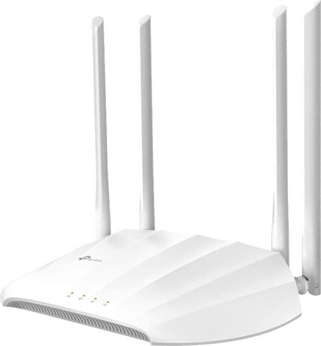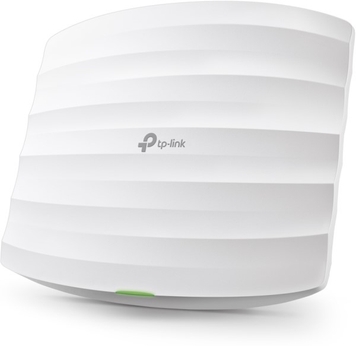Best access points
Looking for a new access point? On this page you will find access points for many different purposes. This way you can easily decide which one is the right choice.
See how to install an additional access point. Also view all solutions to boost your wifi network.
Preparation
Multiple access points must be properly distributed over the coverage area. This allows you to get the most wireless coverage out of it. It also ensures a good wifi roaming experience, so you can smoothly switch to the access point with the strongest signal.
The access points are connected using a network cable. This allows you to achieve the highest speed and the least chance of malfunctions. Installing a good home network (the infrastructure) is therefore the basis of a good wifi network with access points.
Don't want to lay cables? Then powerline wifi is probably something for you. Or view all solutions to boost your wifi network.
Wifi 6 wireless access points (best)
The best access points use the latest wifi 6 standard. Not only can this achieve a higher speed, but also a better range. Wifi 6 makes this possible by dividing the channel (default 20MHz wide) into smaller sub-channels. The full transmitting power is then concentrated on a smaller area, making the signal stronger. This allows up to 80% further range.
The best access point is therefore mainly about speed and range. These access points use wifi 6 and can achieve gigabit speeds:
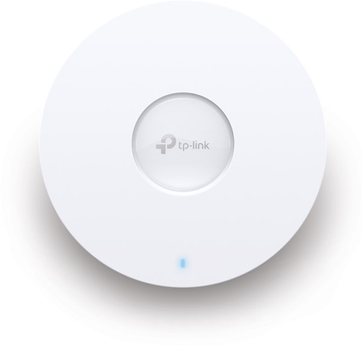
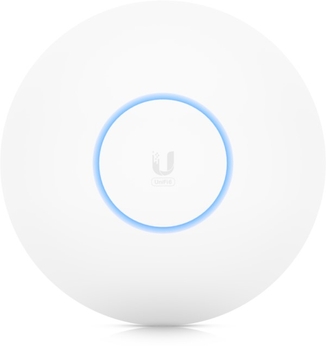
Outdoor use
Some access points are also suitable for outdoor installation. With this you can provide good wifi in the garden (and also at a further distance).
The access points can withstand weather conditions, but it is still better to place them out of the rain and direct sun as much as possible. This way you have the least chance of any malfunctions.
In addition, these access points also support Power over Ethernet (PoE). This allows the access point to receive power via the network cable, eliminating the need for a separate power cable. Therefore no power outlet is required near the access point.


View more outdoor access points.
Best buy for home
A cheaper access point is often enough to just provide extra range. Make sure the access point supports wifi 5 or 6. Old access points are often no longer worth the money.
The Netgear WAX204 has a built-in switch, so you can also connect other devices with an ethernet cable.
These access point are slightly cheaper but still have good performance thanks to wifi 5 or 6:
Best Ubiquiti access points
Ubiquiti is a very well-known brand among many tech enthusiasts. The access points of Ubiquiti are known for enterprise quality for a consumer price.
The best access point from Ubiquiti is the U6 LR (long range) which uses the latest wifi 6 standard. The best of the previous wifi 5 standard (the Ubiquiti AC-PRO) is also still a good choice. This one is slightly cheaper but still has very good performance.
Check out these access points from Ubiquiti:


View more Ubiquiti access points.
Best enterprise (for business)
For small businesses, enterprise access points are the best choice. Brands like Cisco and Aruba make networking equipment for professional environments.
These enterprise access points can handle connections from many devices. They are suitable for companies that have up to 50 access points (but 25 is recommended).
Often enterprise access points can use special features such as a cloud controller. This allows all access points to be centrally managed and, for example, to automatically set the best wifi channel.
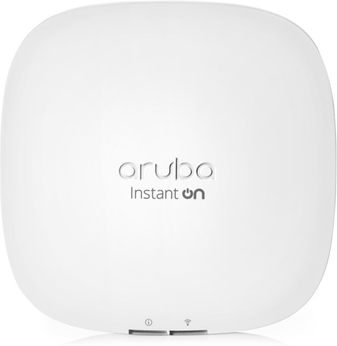

View more enterprise access points.
Long range access points
Some access points can provide extra long range with special high-gain antennas. These antennas have a higher dBi value. At a higher dBi value, the signal will be directed more to the sides of the antenna (horizontal). This allows the signal to be sent further in that direction, but slightly less above and below (vertical).

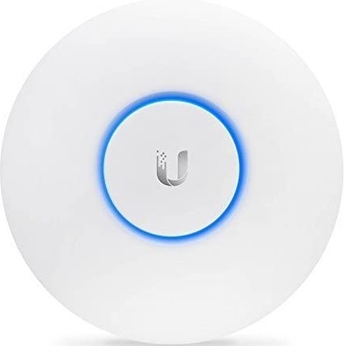
View more long range access points.
PoE (Power over Ethernet)
With Power over Ethernet (PoE), the access point can get its power via the network cable. This means the access point no longer needs a separate power cable. The advantage of this is that there is no need for a power outlet near the access point and it can be connected with just a single cable.
There are different types of PoE. These access points support both 802.11at and 802.11af (active) PoE standards. They also support passive PoE.

